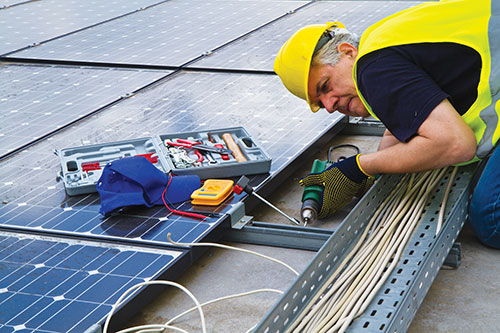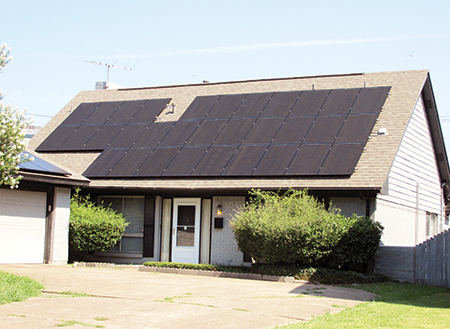This article will focus on the inspection of DC combiners, tracker controllers and other unique and challenging situations utilizing the NEC, UL Standards, and the Building Code.
The lockout operations or safety procedures are precisely and clearly defined operations, the aim of which is always to ensure that situations are, and remain, safe.
The following is a real-life example of a church supplied from a 208Y/120 VAC, 300 KVA, 3-phase pad mount utility transformer.
With most of the United States now on the 2014 or 2017 National Electrical Code (NEC) several topics and enforcement questions are routinely being discussed. This article will address some of the most relevant issues facing enforcement and installers concerning PV systems.
Article 705 covers any on-site power production system that interfaces with a utility supply and how they interconnect. To be considered a service, the source of power must be a utility company distribution system.
Can utility interactive inverters installed within 10 feet of the PV array be a method of complying with the requirements of 2014 National Electrical Code Section 690.12?
Keeping an association active is rather like climbing a mountain. The first slopes are easy, almost like walking, but as time passes the foothills become steeper, the meadows fewer.



